 Endometriosis: Symptoms, Causes and Natural Support Strategies
Endometriosis: Symptoms, Causes and Natural Support Strategies
Endometriosis is a painful condition where the tissue that normally lines the uterus grows outside of the uterine cavity. This displaced endometrial tissue leads to cysts, scar tissue, and adhesions. Endometriosis is a chronic and debilitating disease that affects around 10% of all women of reproductive age.
Symptoms of endometriosis include pelvic pain, especially during your period, pain with intercourse, pain with bowel movements or urination, irregular (and often heavy) periods, fatigue, and infertility. Women with endometriosis may have gastrointestinal symptoms such as bloating, IBS, constipation, and nausea. Endometriosis also increases a woman’s risk of developing ovarian cancer.
There are different theories as to the cause of endometriosis, but the exact etiology is unclear. Inflammation, hormonal imbalances, blood sugar imbalances, bacteria, and environmental toxins are factors that have been shown to contribute to the development and progression of endometriosis.
Conventional treatments for endometriosis are often ineffective and have negative side effects. Fortunately, there are numerous natural strategies to improve hormone balance and support individuals suffering with endometriosis.

What is Endometriosis?
Endometriosis is a condition where the tissue that makes up the lining of the uterus is found throughout the pelvic cavity. The tissue can be found on the ovaries, ligaments, bladder, bowel, and the peritoneum (the lining of the abdominal cavity that covers your organs). This tissue causes chronic inflammatory reactions that can lead to extreme pain and scarring (1).
Endometriosis can spread to other areas of the body such as the gastrointestinal or respiratory tracts. Endometriosis often occurs with adenomyosis, a condition where endometrial cells grow into the uterine wall.
It is estimated that 176,000,000 women worldwide have endometriosis (2). This condition affects around 10% of women of childbearing age. Postmenopausal women with high estrogen levels can also develop endometriosis.

Symptoms of Endometriosis
The most common, and usually the first, symptom of endometriosis is pelvic pain. Women with endometriosis have very painful periods, along with pain before and after periods. Their periods are often irregular, and they may have spotting and bleeding between cycles.
Other common symptoms of endometriosis are fatigue, pain during bowel movements or urination, pain with intercourse, joint and nerve pain, and gastrointestinal symptoms such as irritable bowel syndrome (IBS), nausea, bloating, and constipation.
One of the most difficult symptoms of endometriosis is infertility. Adhesions within the ovaries can cause infertility, even if it is a mild case of endometriosis. Around 30-40% of women with endometriosis will experience fertility problems, and around 50% of women who are experiencing infertility have endometriosis. Endometriosis is also associated with an increased risk of ovarian cancer.
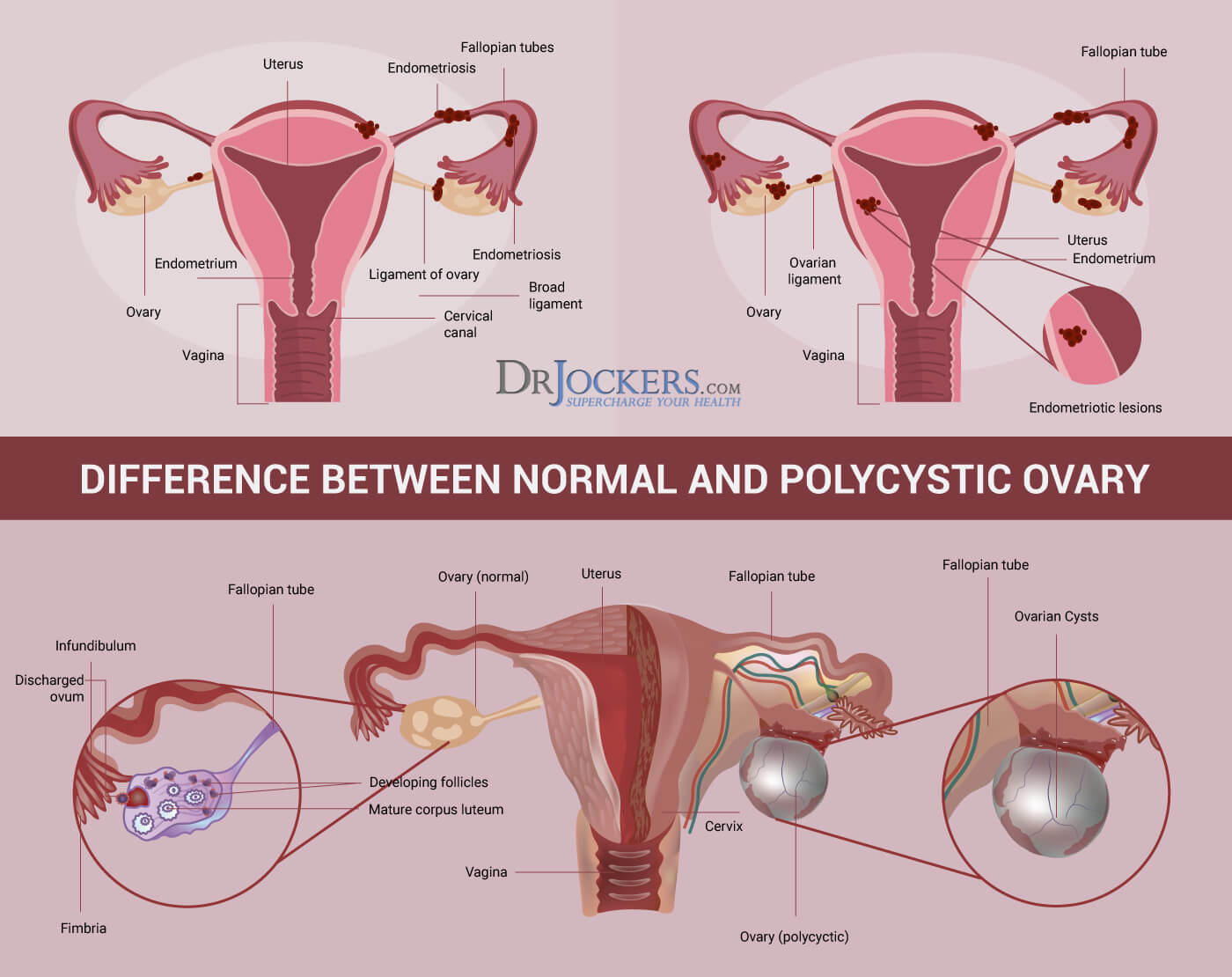
How is Endometriosis Different from PCOS?
While endometriosis is affected by hormones, it is not a hormonal condition like premenstrual syndrome (PMS) or polycystic ovarian syndrome (PCOS). The symptoms of endometriosis and PCOS can often overlap, and women commonly suffer from both conditions. But, there are clear distinctions between the two diseases to help determine which condition(s) you have.
PCOS is due to hormonal imbalances. This disorder is characterized by inflammation, insulin resistance, and an overproduction of male (or androgenic) hormones.
PCOS is diagnosed when women have irregular or no periods and fail to ovulate, high levels of androgens, and enlarged ovaries containing multiple small follicles (polycystic ovaries). Symptoms of PCOS are irregular periods, weight gain, abnormal hair growth (such as the face), thinning hair on the head, acne, and difficulty getting pregnant.
Both endometriosis and PCOS cause irregular periods that are heavy and painful. Skin issues, abnormal hair growth, chronic pelvic pain, and infertility are common with both conditions.
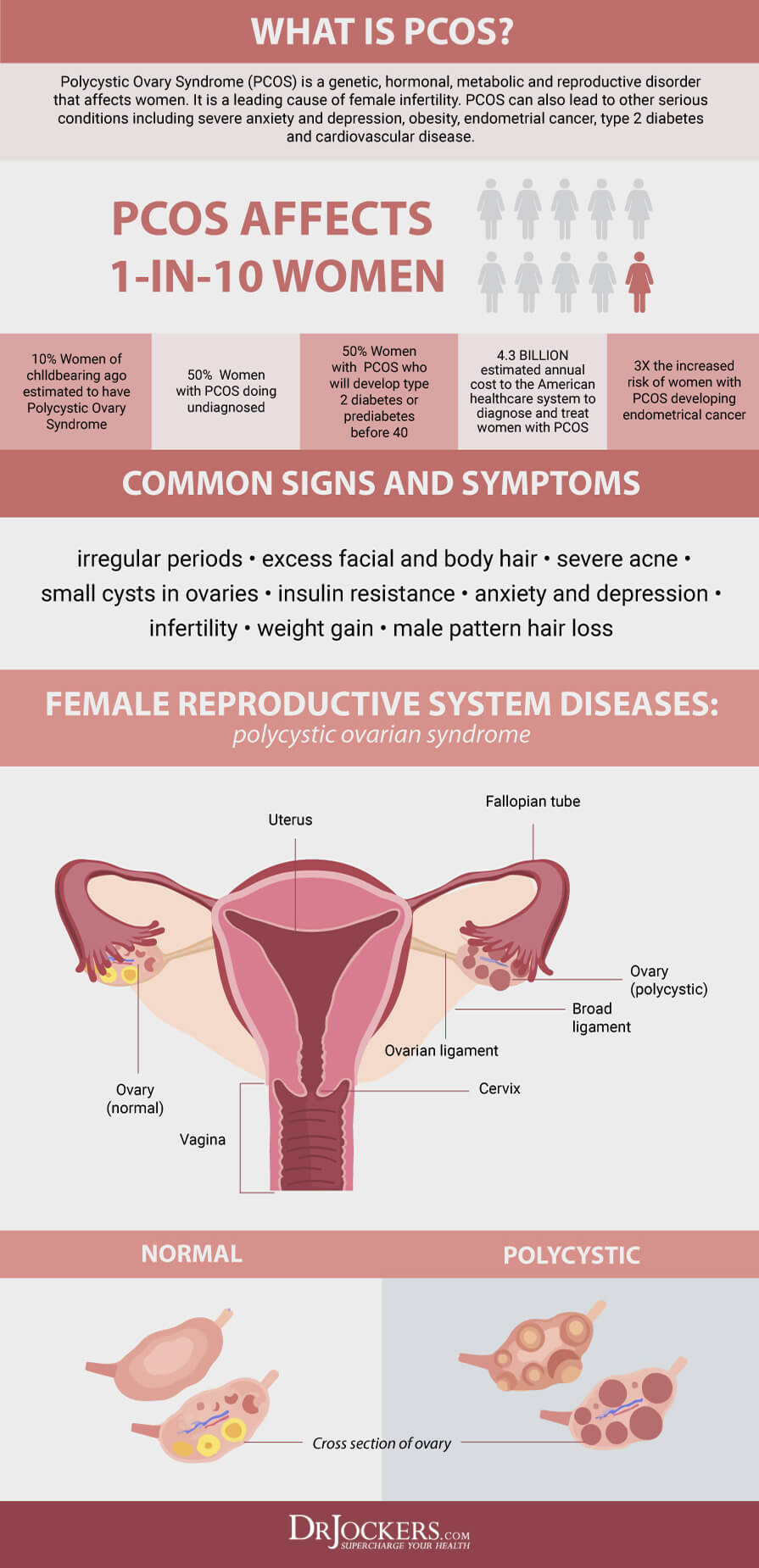
Factors that Contribute to Endometriosis
The exact mechanism for the development of endometriosis is not clear. Scientists have proposed many possible explanations, including genetics, surgical scar implantation, transformation of peritoneal cells or embryonic cells, transport of endometrial cells, and retrograde menstruation. Retrograde menstruation is when menstrual blood flows back through the fallopian tubes and into the pelvic cavity instead of outside.
Another possible cause is a disordered immune system. A woman’s immune system may make her body unable to recognize and destroy endometrial tissue that is growing outside of the uterus.
Despite there not being a clear cause, there are numerous factors that may contribute to endometriosis. These factors include inflammation, hormonal imbalances, blood sugar imbalances, bacteria, and toxins. Addressing these factors is critical for improving endometriosis.
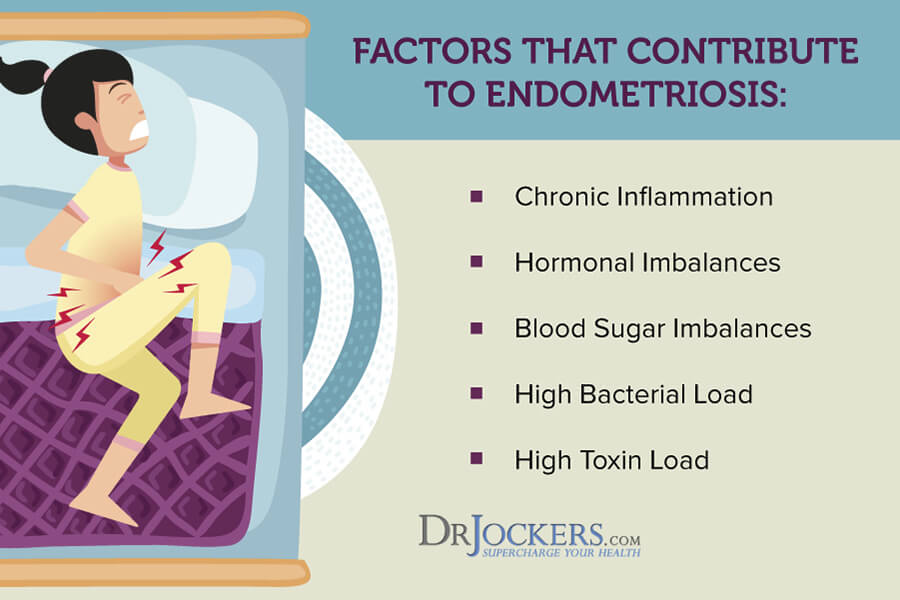
Chronic Inflammation
Endometriosis is often characterized as a disease of inflammation. The body’s immune reaction to having endometriosis is to develop inflammation and estrogen proliferation promotes inflammation.
Inflammatory cytokines and inflammatory mediators are present in the peritoneal fluid of women with endometriosis. Cytokines are small proteins secreted by your immune system that act as chemical messengers. These cytokines regulate the immune response by facilitating cell to cell communication and stimulating the movement of cells towards sites of infection, trauma, and inflammation. Researchers have found imbalances in these cytokines in women with endometriosis.
Interleukin-1 (IL-1) are pro-inflammatory cytokines that are involved in the development of endometriosis. Studies show that IL-1aresignificantly increased in the peritoneal fluid and endometrial cells of women with endometriosis (3).
IL-1 receptor antagonist (IL-1RA) acts as an anti-inflammatory cytokine. IL-1RA is a natural regulator of IL-1. This inhibitory cytokine is reduced in women with endometriosis. This imbalance between IL-1 and IL-1RA may contribute to the unrestricted growth of endometriosis.
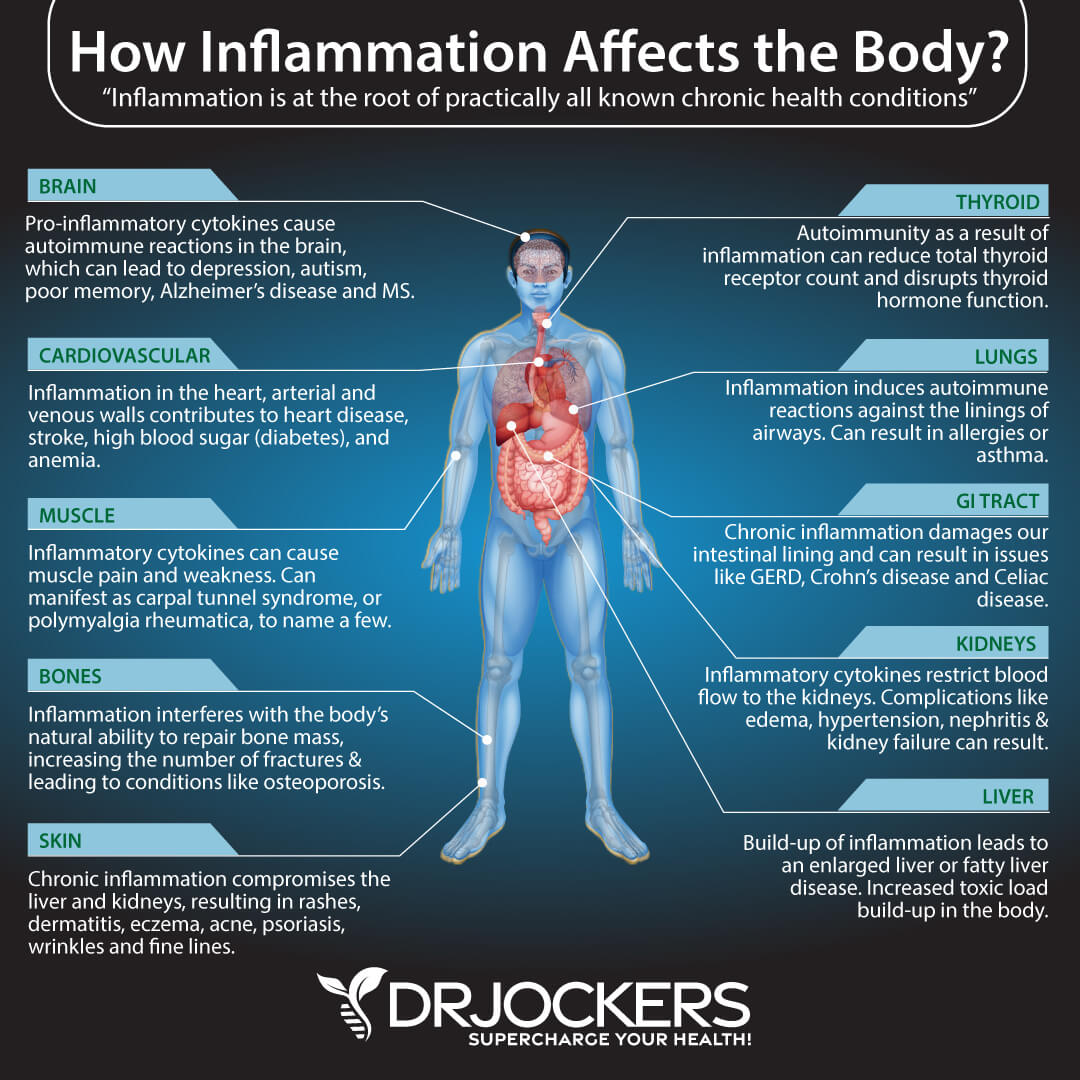
Hormonal Imbalances
Endometriosis depends upon estrogen. Estrogen plays a crucial role in both the development and maintenance of endometriosis.
Hormonal imbalances, such as estrogen dominance, can lead to endometriosis. Estradiol (E2) has been found to regulate and promote the growth of endometriosis (4). Low progesterone levels can also contribute to higher levels of estrogen in your body.

Blood Sugar Imbalances
Imbalances in blood sugar can contribute to endometriosis. When you eat foods high in sugar or refined carbohydrates, insulin is released. Spikes in insulin are associated with lower levels of Sex Hormone Binding Globulin (SHBG). SHBG binds to excess estrogen and testosterone in the blood.
When SHBG is low due to spikes in insulin, levels of estrogen and testosterone increase. Insulin also increases the production of testosterone, which is converted to even more estrogen by belly fat. Higher levels of estrogen promote the growth of endometriosis.
Blood sugar imbalances are also a stress on the body and cause the release of adrenaline and cortisol. Cortisol and progesterone are made from the hormone pregnenolone. When the body needs cortisol, the production of progesterone is sacrificed. This leads to higher levels of estrogen which can contribute to endometriosis.

High Bacterial Load
A new concept called the “bacterial contamination hypothesis” was recently proposed for endometriosis. This hypothesis is based on the finding that women with endometriosis have a high level of gram-negative bacteria and the bacterial toxin lipopolysaccharide (LPS) in their pelvis (5). LPS is a potent endotoxin that causes an inflammatory reaction.
These bacteria could both be the effect of endometriosis and a cause of endometriosis. For management and prevention of endometriosis, probiotics applied intravaginally or orally may be helpful.
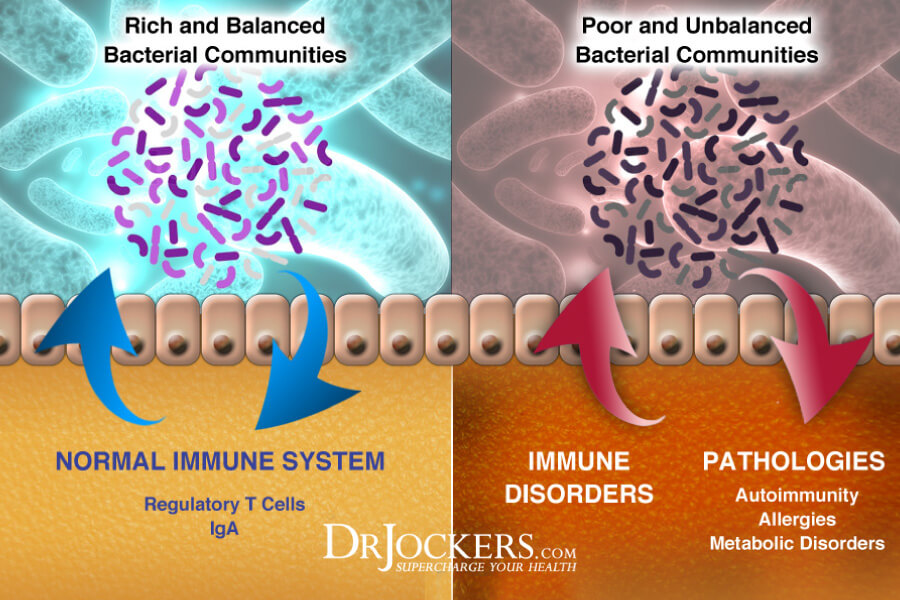
High Toxin Load
Environmental toxins such as dioxins, pesticides, polychlorinated biphenyls (PCBs), and phthalates are endocrine disrupting compounds (EDCs). Exposure to these toxins wreaks havoc on your hormones and contributes to endometriosis.
Xenoestrogens are artificially created compounds that mimic the effects of estrogen and interact with cellular receptor sites. Xenoestrogens contribute to excess estrogen and lodge in fat cells where they are resistant to breakdown. This effect is enhanced when xenoestrogens are combined with other EDCs, producing symptoms of estrogen dominance.
It is critical for healthy hormones to minimize your exposure to EDCs. You should avoid conventional meat and dairy, soy isoflavonoids, sugars, additives, preservatives, grains, beer, and processed foods.
Plastics are one of the main culprits of EDCs. Plastics contain xeno-estrogenic chemicals such as BPA. These dangerous toxins leach into the water or anything heated in plastic.
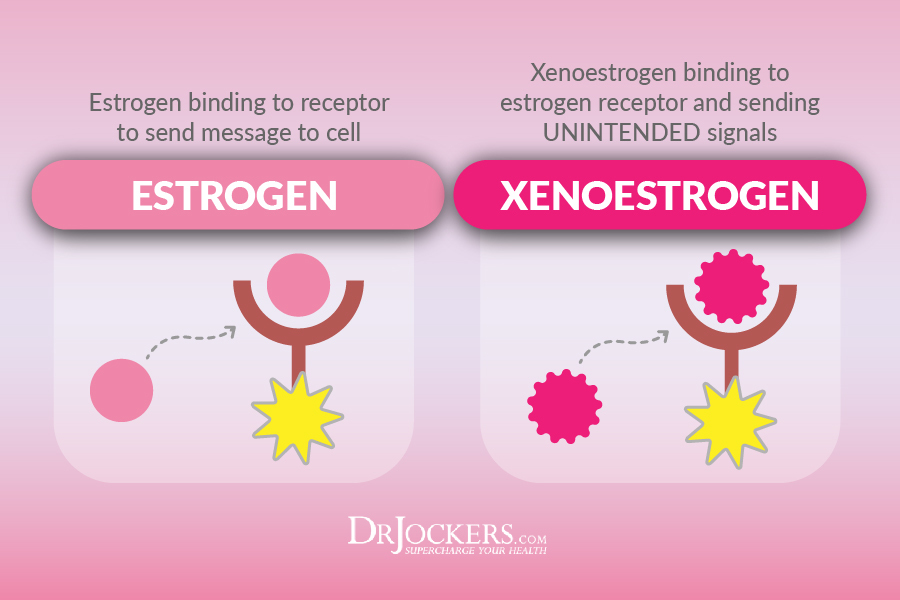
Conventional Treatments for Endometriosis
There are several options for the conventional treatment of endometriosis including surgery, hormone suppression drugs, intrauterine device, and management of pain with medications. These methods can be ineffective and have undesirable side effects.
Surgical removal of the lesions is the first-line intervention. Unfortunately, there is a high rate of recurrence (about 50% within 5 years). Doctors often prescribe medications to reduce pain such as anti-inflammatory drugs (NSAIDs) and opioids.
Hormonal suppression drugs like birth control pills or Lupron are prescribed to shut down ovulation and induce estrogen deficiency. Estrogen deficiency may slow the growth of the tissue, but it does not cure the condition. These treatments cannot be used over long periods of time due to severe adverse effects such as depression and bone loss.
An intrauterine device (IUD) can be inserted to suppress the uterine lining and endometriosis lesions. This method does not suppress ovulation or cause estrogen deficiency. However, there are many negatives to IUDs. Fortunately, there are many natural strategies for endometriosis without all of the negative side effects.

Natural Strategies to Support Endometriosis
Natural support strategies for endometriosis work to improve the inflammatory process and balance hormone levels. These strategies are not FDA approved to prevent, mitigate, treat or cure endometriosis but can really help the individual.
The strategies we focus on include an anti-inflammatory diet, stress reduction, and key supplements. The list below is not an exhaustive list but it is a great place to begin when looking to heal from this disorder.
As always, we recommend working with your doctor and a functional health practitioner to customize the right plan for you. If you need to find a good functional health practitioner than this article will give you tips on how to find the right one for you.

Anti-Inflammatory Healing Diet
One of the best strategies for preventing and improving endometriosis is to consume an anti-inflammatory, healing diet. This nutritional strategy removes foods that cause inflammation and includes anti-inflammatory foods like organic, non-GMO vegetables, fruits, healthy fats, and clean protein.
This healing diet reduces inflammation, stabilizes blood sugar, reduces toxic load, provides necessary nutrients, and supports healthy blood pH levels. The first 3 steps include taking out grains and high sugar and starchy foods that drive up blood sugar levels, avoiding damaged fats and focusing on eating healthy fats and looking for organic, pasture-raised animal products.

Foods to Avoid
Endometriosis is an inflammatory condition, so it is critical to avoid highly inflammatory foods. Pro-inflammatory foods are refined sugars and grains, and any foods that are easily metabolized into sugar (high glycemic foods). These foods upregulate inflammation and create extra acidity in the tissues.
Conventional dairy products and gluten should be avoided if you have endometriosis. Gluten and A1 casein, a protein found in conventional dairy, stimulate the release of inflammatory cytokines and affect immune function. One study showed that after 12 months on a gluten-free diet, 75% of participants with endometriosis had significantly less pain (6).
Meat and dairy from conventionally-raised animals and farmed fish should be avoided. As discussed above, these foods contain endocrine disruptors such as hormones, steroids, pesticides, GMOs, and antibiotics.
Processed foods contain toxic additives and preservatives. Processed vegetable oils, such as canola, grapeseed, and safflower, promote inflammation and should also be eliminated.

Foods to Include
The foods you should be eating on an anti-inflammatory, healing diet are whole, unprocessed foods. It is important to eat organic foods because pesticides can affect estrogen and other hormones.
Choose grass-fed, pasture-raised, wild-caught meats and fish. Enjoy a variety of lower carbohydrate, low glycemic, colorful vegetables, and fruits for their abundant antioxidants and phytonutrients. Plentiful amounts of herbs are a powerful addition to a healing diet.
Including a variety of relatively low-carbohydrate vegetables is an important part of an anti-inflammatory diet. Cruciferous vegetables such as broccoli, cauliflower, cabbage, kale, bok choy, and Brussels sprouts contain high levels of phytoestrogens that act like vitamins for endometriosis. These vegetables compete to occupy estrogen receptor sites to prevent estrogen from exerting its effects on the cell.
Low glycemic fruits include berries, lemons and limes, grapefruit, and granny smith apples. Berries and apples are high in powerful antioxidants called polyphenols.
Healthy fats are a very important part of a healing diet. Healthy fats are found in coconut, olives, avocados, and their oils and in grass-fed butter and ghee. Omega-3 fatty acids and conjugated linoleic acid (CLA) found in wild caught salmon and grass-fed beef and dairy are fats with many health benefits. These healthy fats are an efficient source of fuel for the body to combat inflammation.
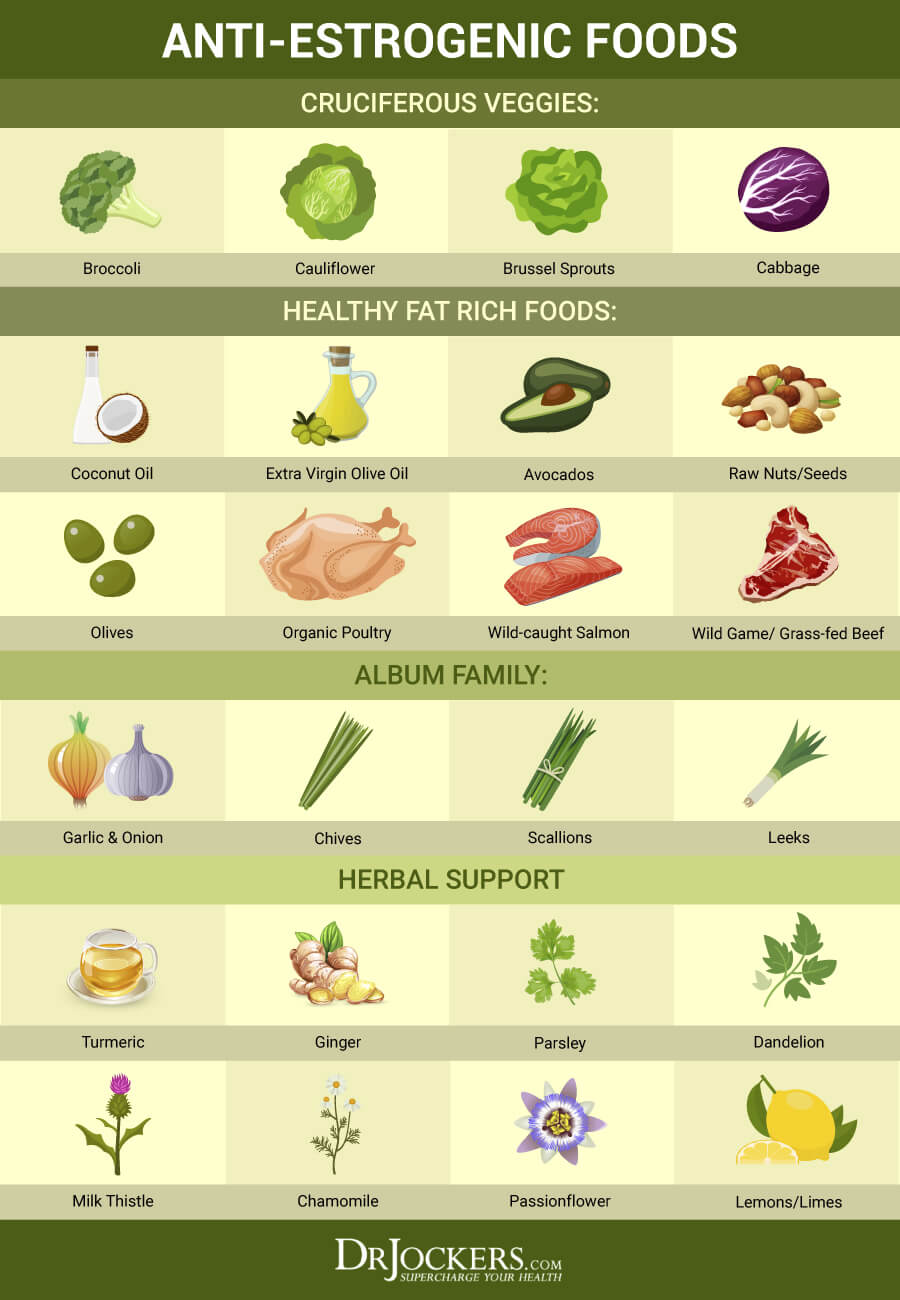
Correct Hormonal Imbalances
When progesterone declines from the natural aging process or from high levels of chemical, physical and emotional stress, this causes estrogen dominance. Endometriosis is one of the numerous symptoms of estrogen dominance, along with hot flashes, fatigue, weight gain, thyroid issues, PMS, and much more.
There are several supplements that can help eliminate xenoestrogens from your body and encourage healthy estrogen metabolites. Both diindolylmethane (DIM) and sulforaphane glucosinolate (SGS) from broccoli sprouts and other cruciferous vegetables act to support phase I and II of estrogen metabolism. These compounds can help balance estrogen and progesterone, restore proper estrogen metabolite ratios, improve hormonal function, and reduce symptoms of estrogen dominance.
Supplementing with vitamin B6 can help boost progesterone to balance excess estrogen. Vitamin B6, along with vitamins B1 and B2, assists liver enzymes in removing excess estrogen from the body.
Additionally, certain herbs such as chaste berry extract, chrysin, green tea extract, black cohash, DIM, broccoli seed extract and resveratrol all work great to relieve menstrual pain and improve the female hormone balance. You can find supplements that have a few of these herbs in clinical dosages.
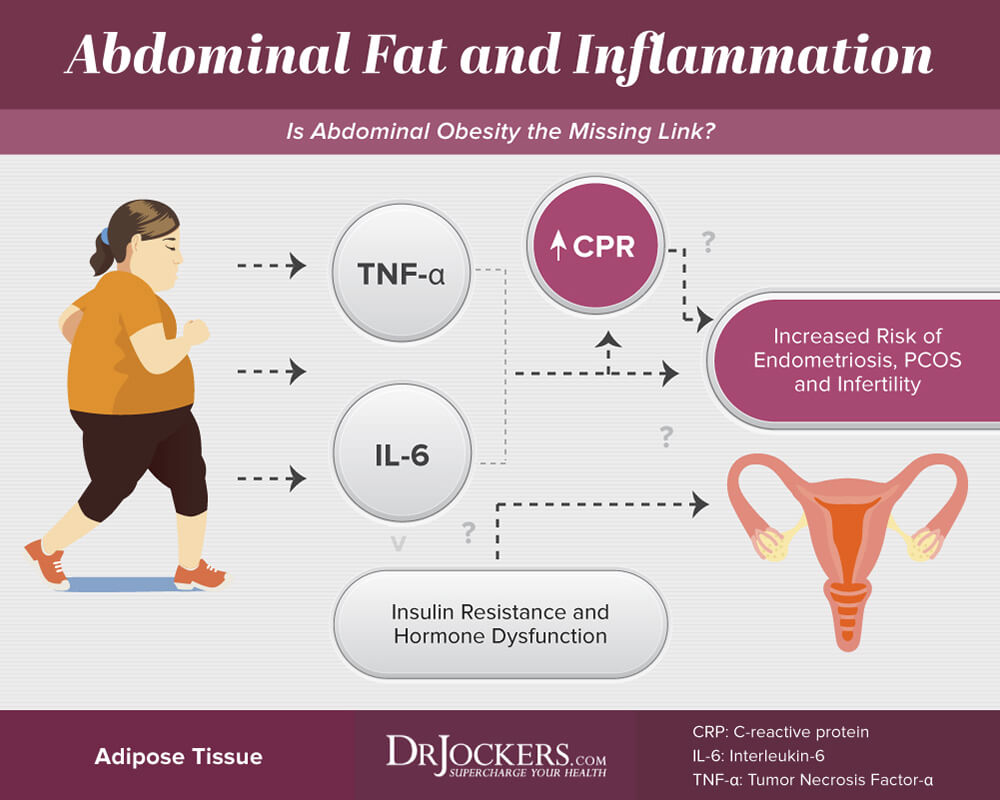
Balance Blood Sugar
It is important to balance your blood sugar to balance your hormones. Poor blood sugar control leads to elevated insulin and cortisol which can cause the release of estrogen. These factors also lead to deficiencies in magnesium, vitamin C, and vitamin B6 which are important for neutralizing bad estrogen metabolites in the liver.
Consuming an anti-inflammatory diet eliminating sugars and refined carbohydrates is critical to balancing blood sugar. Certain nutrients also help stabilize blood sugar levels.
It can also be helpful to find a blend of nutrients that support healthy blood sugar and reduce inflammation, including fenugreek, Gymnema, bitter gourd, berberine, cinnamon, vanadium, B vitamins, and chromium. The mineral chromium activates the glucose transporter molecule within the cell called GLUT4. Chromium can improve blood sugar levels, insulin sensitivity, and lipid profiles.
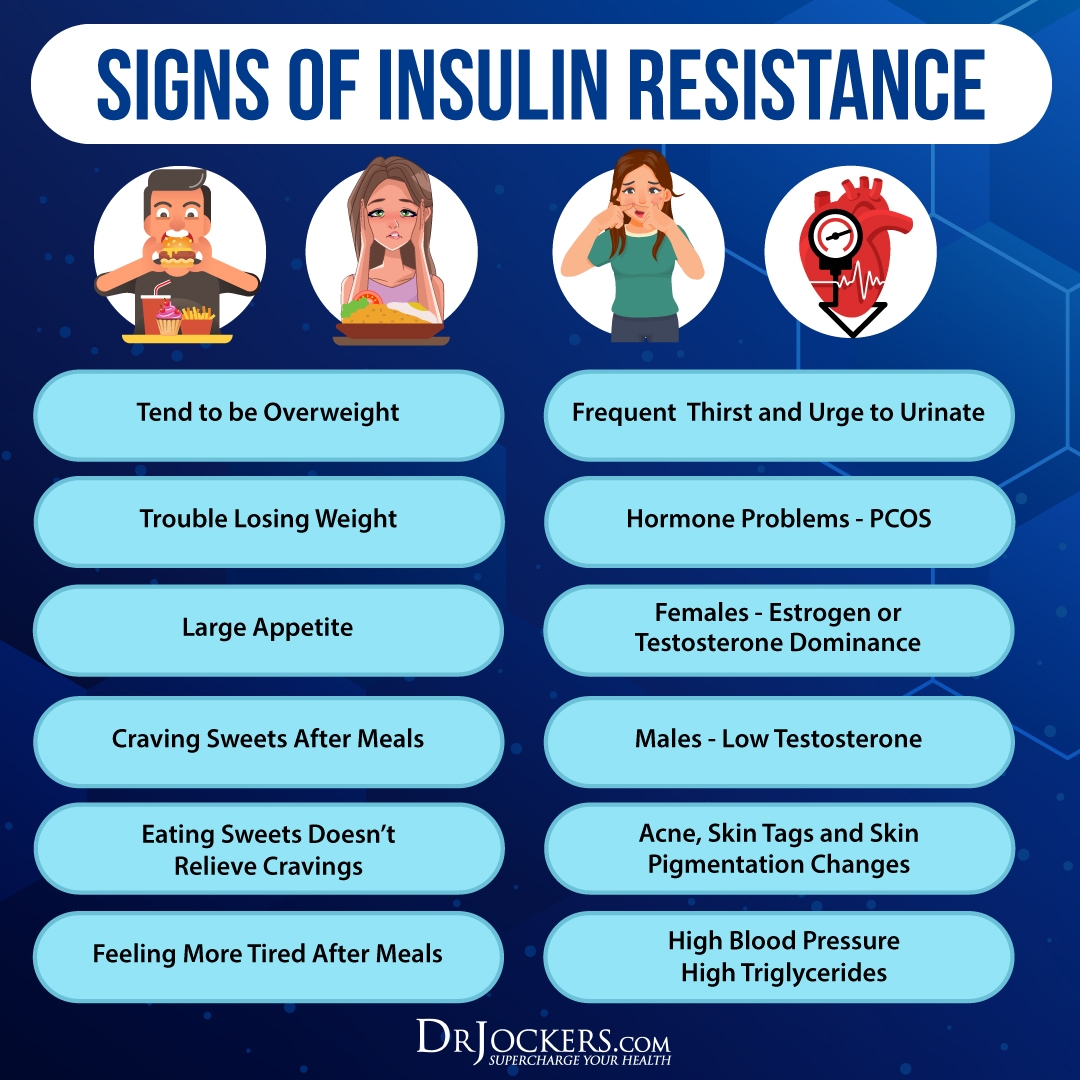
Omega-3 Fatty Acids
Endometriosis is associated with inflammation, pelvic pain, and hormonal imbalances. Omega-3 fatty acids help to reduce inflammation, relieve pain, and regulate hormone production. These important fatty acids also improve insulin sensitivity which is important for balancing blood sugar.
Omega-3 fatty acids are essential fats that are found in fatty fish such as wild-caught salmon and sardines, grass-fed meats, pasture-raised eggs, nuts (especially walnuts), and seeds (flax, hemp, and chia seeds). Flax, hemp and chia seeds have the added benefit of improving estrogen levels in the body.
Plant based omega 3’s such as flax oil only contain the small chain omega 3 called ALA and do not have any DHA. It is very hard for our body to convert ALA into DHA so it is best to get a high-quality fish or krill oil that is rich in EPA and DHA. You want to find a brand that is molecularly distilled to take out any heavy metals and other unwanted contaminants.
Be sure to discuss with your physician before using as fish oils have a blood thinning affect and can be contraindicated if you are on blood thinning medications.
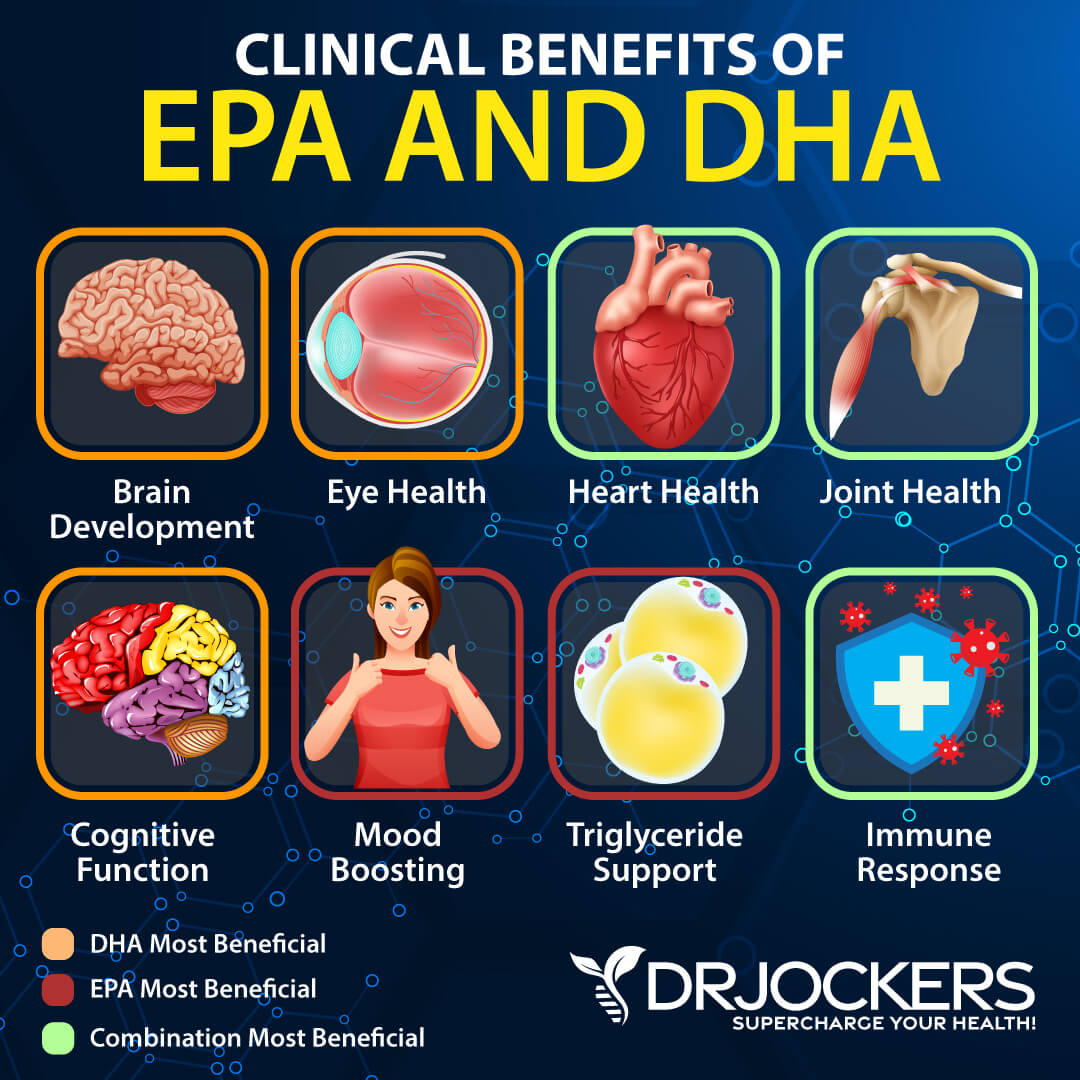
Magnesium
Women with endometriosis often have low levels of magnesium due to estrogen dominance. Menstruation can further deplete their magnesium. Magnesium is a crucial nutrient that supports over 300 physiological processes or functions in the body. It is called the “master mineral” and plays an important role in regulating hormone levels.
The top food sources of magnesium are leafy greens such as Swiss chard and spinach, sea vegetables, sprouts, and avocados. Grass-fed dairy and wild-caught fish are rich in magnesium. Pumpkin seeds, nuts, dark chocolate, and coffee are also good sources of magnesium.
Boosting your magnesium level is important for hormonal balance and overall health. There are several great forms of magnesium supplementation including magnesium malate, lysinate, citrate, orotate and glycinate. I also really like magnesium L-threonate, the only form of magnesium proven to cross the blood-brain barrier.
Other great ways to get magnesium are Epsom salt baths and a topical cream or spray. When you take in magnesium topically, it bypasses the digestive tract and gets right into the blood stream.
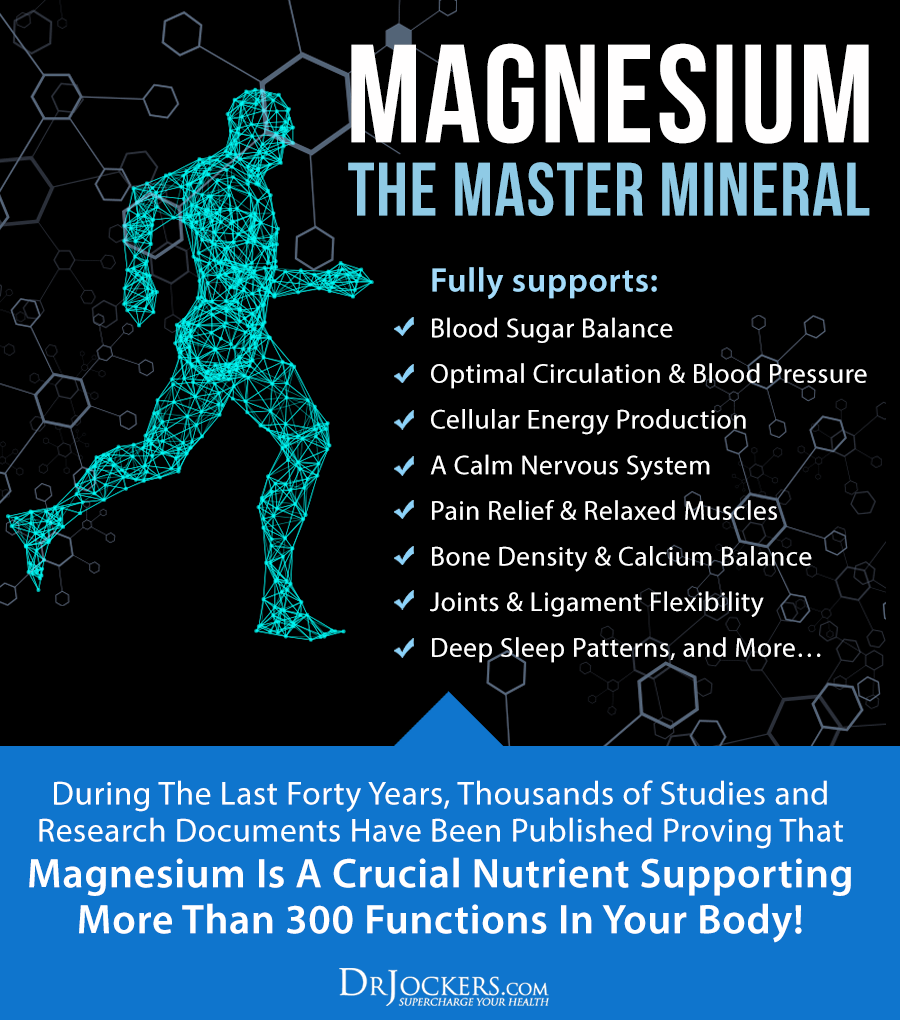
Vitamin D
Vitamin D is an important factor in the prevention and treatment of many chronic diseases. Low levels of vitamin D have been associated with endometriosis (7).
D3 is the biologically active form of vitamin D. It is more potent in raising and maintaining vitamin D concentrations than D2. Vitamin D3 is created in your skin in response to sun exposure. Aim to get 15-20 minutes of sun exposure daily.
The best dietary sources of vitamin D are wild-caught salmon and fatty fish, cod liver oil, grass-fed butter, and raw cheese, egg yolks, mushrooms, and beef liver. The ideal range for vitamin D3 levels is between 50-80 ng/ml. Get tested regularly and look to get regular sun exposure and take vitamin D3 supplements to optimize your levels.

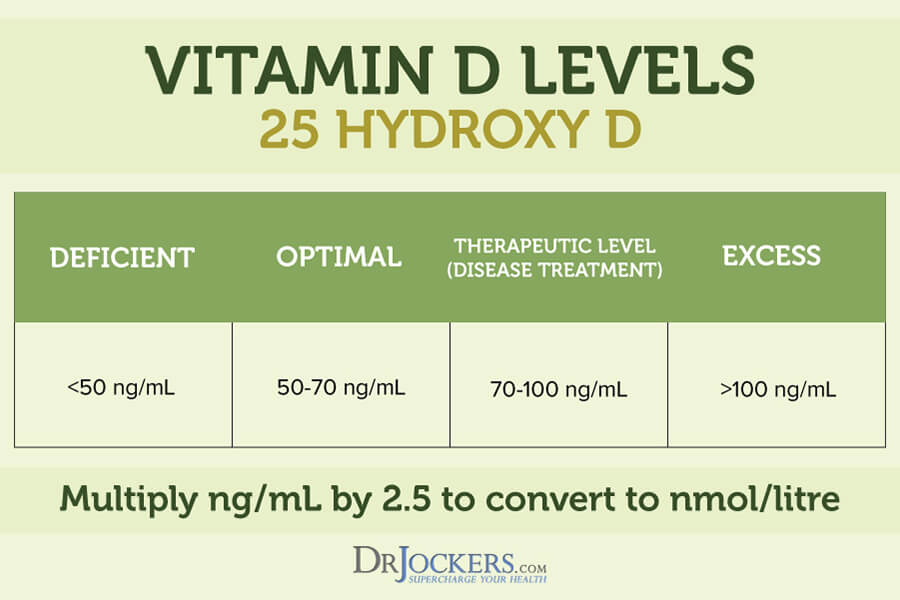
Milk Thistle
Detoxifying your liver can naturally balance hormones. Milk thistle protects the liver from damage and enhances the detoxification process. It speeds up estrogen clearance from the body. Milk thistle also contains a flavonoid complex which is important for protecting cells against free radical damage and inflammation.
The liver is responsible for breaking down and eliminating excess hormones from the body. If the liver is not functioning properly, older hormones can recirculate into the bloodstream in an even more toxic form than when they originally entered the liver. These toxic forms of estrogen can dramatically increase the risk of endometriosis and other issues.

Berberine
Berberine is a plant alkaloid derived from a variety of herbs, including Oregon grape root and Goldenseal. It modulates the immune system and has numerous anti-inflammatory effects.
Berberine repairs intestinal permeability, stabilizes blood sugar, and neutralizes the bacterial toxin LPS (8). LPS is often high in women with endometriosis.
Berberine has been shown to inhibit the growth of endometrial tissue (9). It is also a great liver detoxifying herb, making it helpful for reducing excess estrogens found with endometriosis.
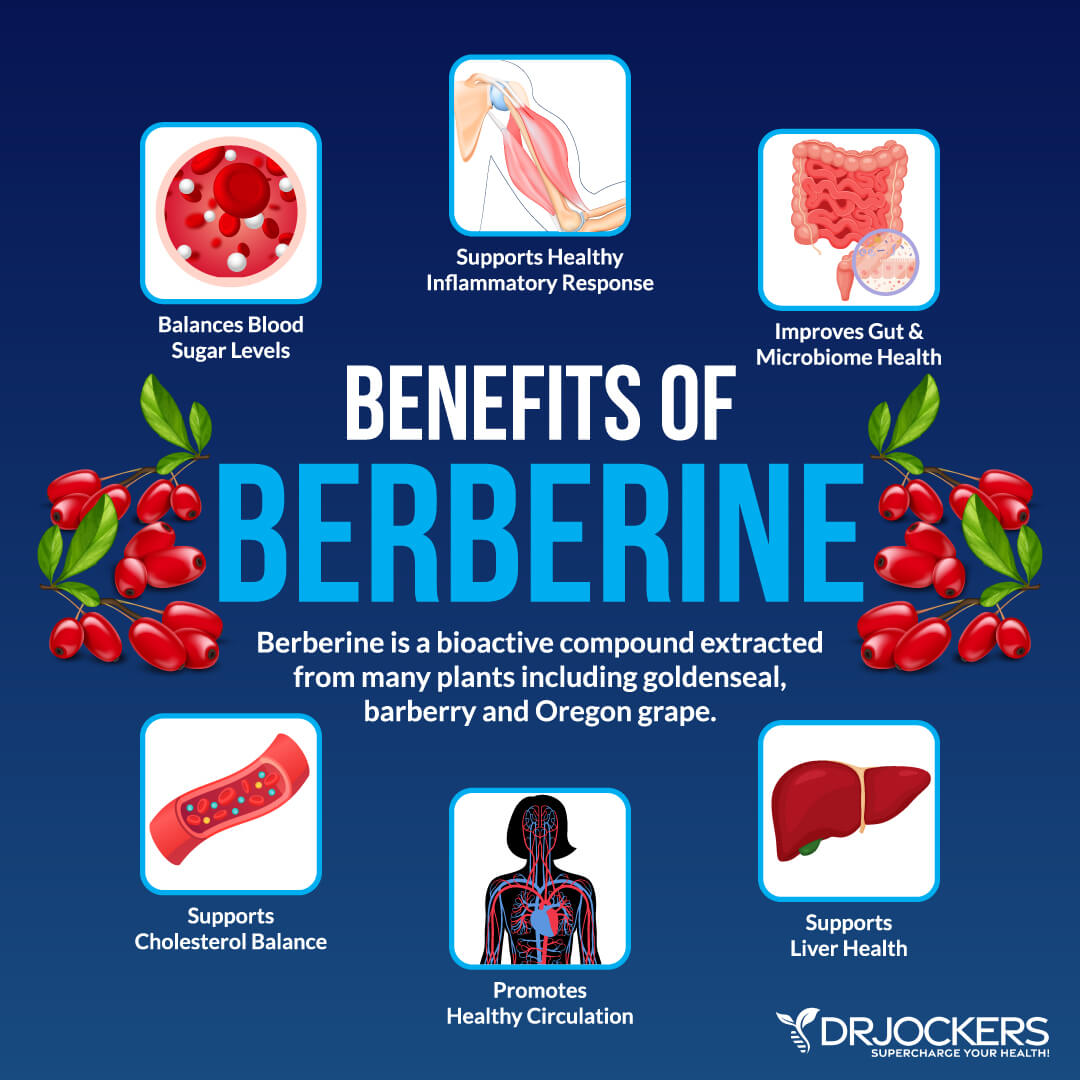
Glutathione
Glutathione has been coined with the term “master antioxidant” due to its essential role in maintaining exogenous antioxidants such as vitamin C & E in their active form (5, 6). Glutathione is like the cell’s security guard protecting the genetic equipment from outside attack.
It is estimated that each cell in the body withstands 10,000 hits by free radicals each day. Glutathione disarms these free radicals before they wreak havoc and cleans up the oxidative stress related damage that has occurred.
NAC is the acetylated form of the amino acid cysteine which is naturally present in substances like garlic. Research shows that NAC increases glutathione levels and is more effective than hormonal treatments at treating endometriosis. Unlike conventional treatments, NAC has no adverse side effects or associated toxicity (10).
You can also find liposomal and S-acetylated forms of glutathione that bypass the digestive system and go right into the cells and improve cellular glutathione levels. The better your glutathione levels, the more effectively you will detox bad estrogen metabolites and reduce inflammation in the uterus, endometrium and ovaries.
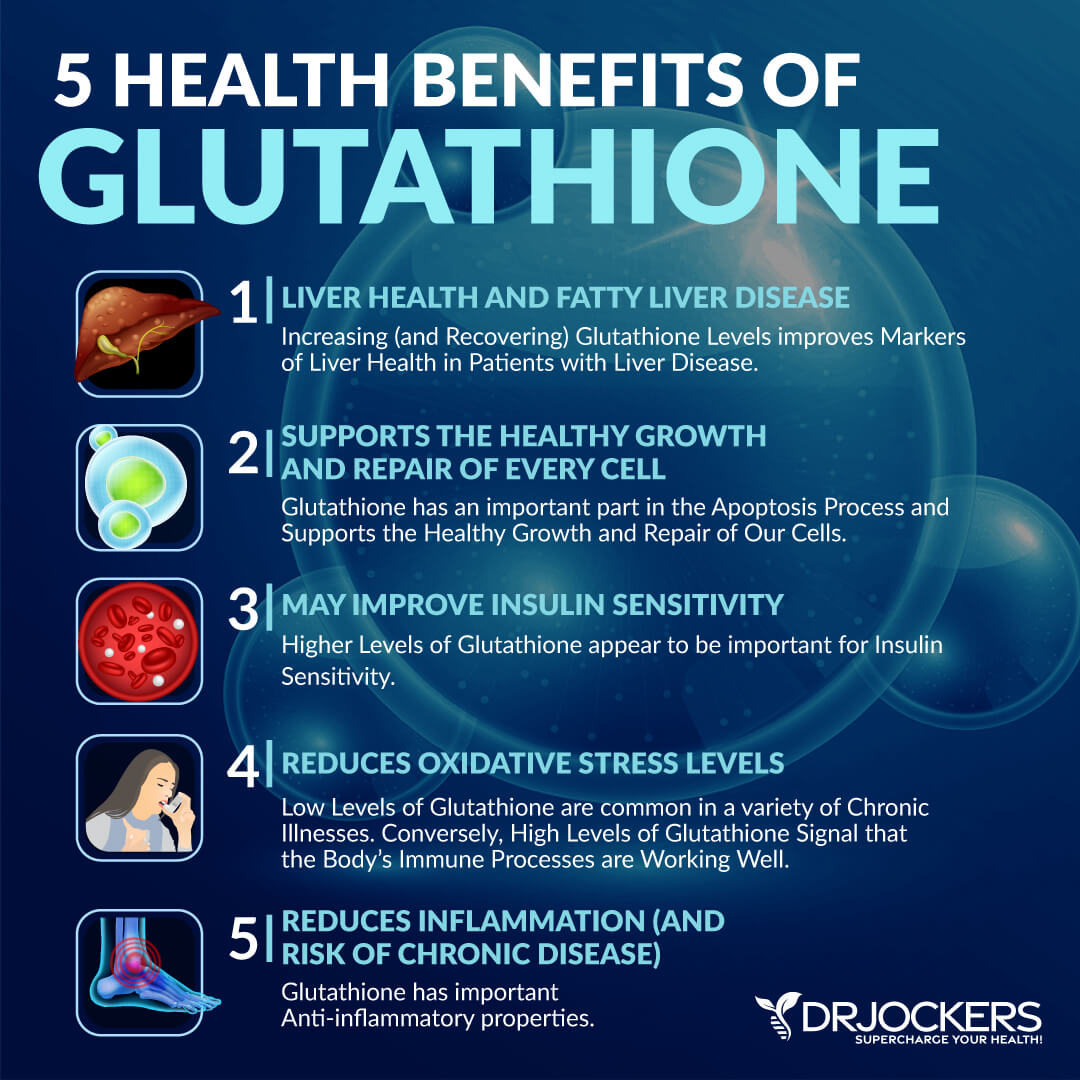
Essential Oils for Endometriosis
Essential oils are a safe, effective way to improve endometriosis. Clary sage, geranium, cypress, frankincense, sandalwood, and helichrysum essential oils can be helpful for endometriosis. Clary sage helps to balance hormones and reduce symptoms of endometriosis. You can apply 2-4 drops topically over the abdomen and apply a warm compress to the area or add to your bath.
Cypress essential oil can improve circulation and geranium is a powerful anti-inflammatory. Frankincense and sandalwood are helpful for reducing inflammation and supporting healing. Helichrysum essential oil can help heal scar tissue and reduce inflammation and fluid retention.
You can also try massaging the pelvic muscles with lavender essential oil. This can relax the muscles and reduce inflammation.
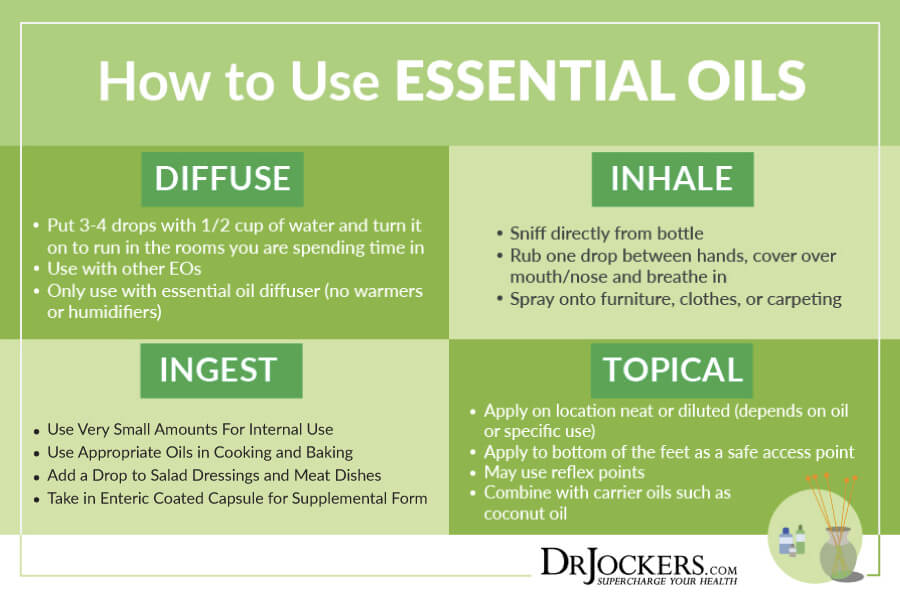
Castor Oil Packs
Regularly applying castor oil packs to the lower abdomen may soften and eliminate endometrial tissues. Castor oil can penetrate deep into the abdomen and pelvis. Castor oil is made up of phytochemicals including the fatty acid ricinoleic acid. Ricinoleic acid gives castor oil its unique healing properties and composes 90% of its chemical structure.
Using castor oil packs can support the body’s natural detoxification process by improving liver function, reducing inflammation, and strengthening the immune system. Castor oil packs can also increase the flow of lymph, the fluid that circulates throughout the lymphatic system. This helps the lymphatic system remove debris and toxins in the body.
It is important to get organic castor oil in a glass jar because pesticide residue contained in the castor oil and the plastic residue (pthalates) from the bottle can be absorbed through the skin.
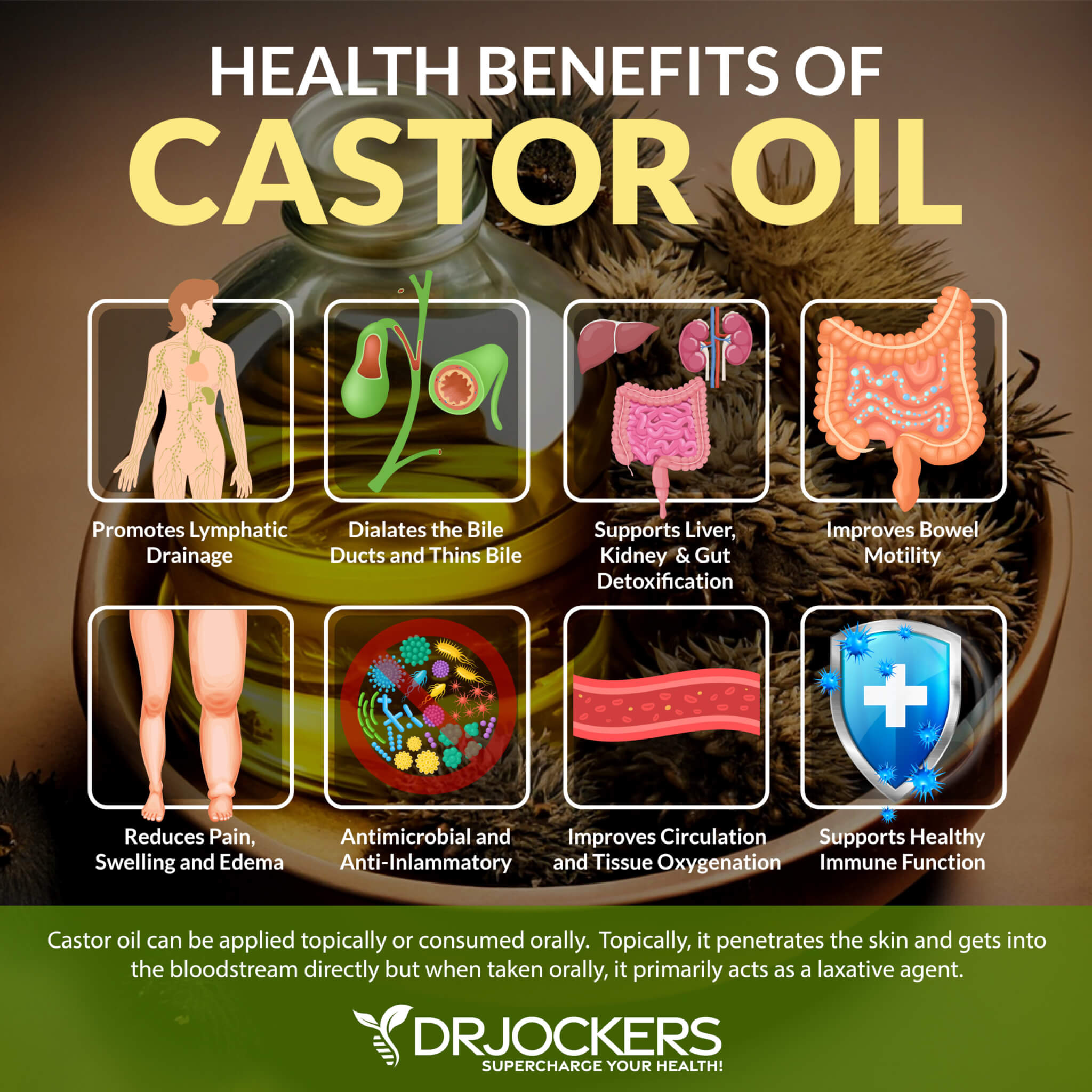
Zinc
Women with endometriosis often have lower levels of zinc (11). Deficiencies of zinc are related to inflammation and lowered immunity, both of which contribute to endometriosis. Zinc also has antioxidant properties and protects our bodies against damaging free radicals.
There are numerous food sources of zinc including grass-fed beef and dairy, salmon, chicken, spinach, and asparagus. Nuts and seeds such as cashews, almonds, pumpkin seeds, and watermelon seeds are also high in zinc. It is best to soak or sprout nuts and seeds to reduce the level of phytic acids which can adversely affect zinc levels.
Supplementing with zinc can be helpful for people with zinc deficiencies. Zinc helps to support your immune system, hormone balance and proper enzymatic function.

Turmeric
Turmeric is a powerful herb with abundant health benefits. It has been used for centuries to treat a variety of conditions. Turmeric has antioxidant, anti-thrombotic, and antimicrobial properties. It is a potent anti-inflammatory which can improve symptoms of endometriosis.
Curcuminoids are bioactive compounds found in turmeric. Curcumin is the main curcuminoid. It inhibits the growth of endometriosis through several mechanisms. Curcumin was found to suppress the growth of endometrial cells by reducing estradiol (E2) production (4). Estradiol is the major estrogen made in the ovaries.
Curcumin also downregulates vascular endothelial growth factor (VEGF), a protein produced by cells that stimulates the formation of blood vessels (12). This can decrease the growth of endometrial cells in endometriosis.
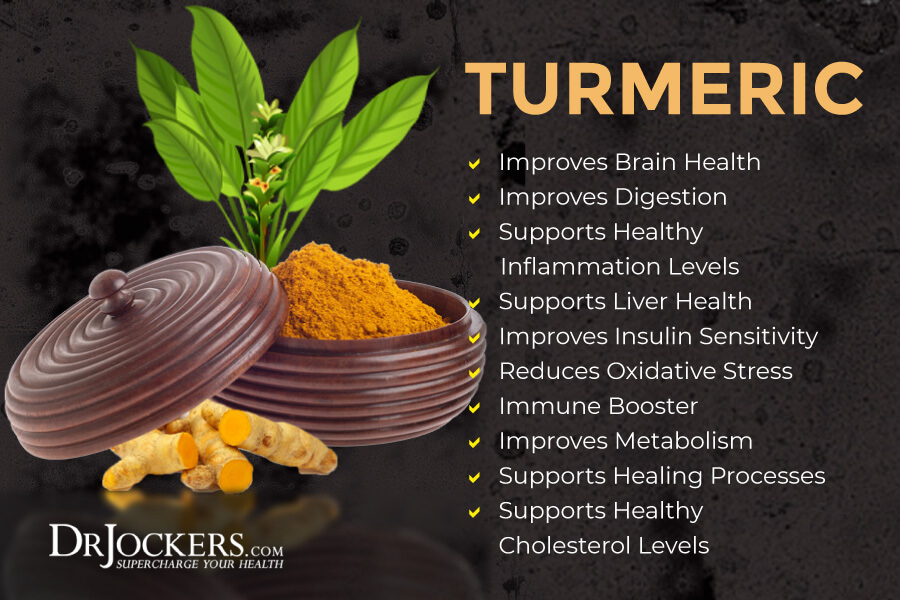
Inflammation Crushing Ebundle
The Inflammation Crushing Ebundle is designed to help you improve your brain, liver, immune system and discover the healing strategies, foods and recipes to burn fat, reduce inflammation and Thrive in Life!
As a doctor of natural medicine, I have spent the past 20 years studying the best healing strategies and worked with hundreds of coaching clients, helping them overcome chronic health conditions and optimize their overall health.
In our Inflammation Crushing Ebundle, I have put together my very best strategies to reduce inflammation and optimize your healing potential. Take a look at what you will get inside these valuable guides below!
Conclusion on Endometriosis
Endometriosis is a painful disease where the tissue that normally lines the uterus grows outside of the uterus. This tissue can be on ovaries, fallopian tubes, and other areas. It affects women in their reproductive years.
There are numerous symptoms of endometriosis. The most common symptom is pelvic pain. This pain can be severe, especially during your period. Other symptoms include pain with intercourse, pain with bowel movements or urination, irregular (and often heavy) periods, fatigue, and infertility. Gastrointestinal symptoms are common as well. This painful condition also increases a woman’s risk of developing ovarian cancer.
While an exact cause is unknown, inflammation, hormonal imbalances, blood sugar imbalances, bacteria, and environmental toxins are factors that have been shown to contribute to the development and progression of endometriosis. Conventional treatments are often ineffective and have negative side effects.
There are numerous natural strategies to improve hormone balance and support people suffering with endometriosis. One of the main strategies is to consume an anti-inflammatory diet. Balancing your blood sugar and correcting hormonal imbalances are important strategies.
N-acetylcysteine, berberine, milk thistle, and turmeric can help to improve the inflammatory process. Addressing nutrient deficiencies that are common with endometriosis is also important. Women with this condition are often deficient in omega-3 fatty acids, magnesium, vitamin D, and zinc. Applying castor oil packs and using essential oils may also be helpful for supporting women suffering with endometriosis.
If you want to work with a functional health coach, I recommend this article with tips on how to find a great coach. Our website offers long-distance functional health coaching programs with our world-class team of health coaches. For further support with your health and other goals, just reach out—our fantastic coaches are here to support your journey.




Ingestion of essential oils is not safe.
It stresses the liver and kidneys and we have no idea the effect it has on the gut microbiome?
No studies indicate this as an effective protocol.
It depends on the brand and specific essential oil Gary! If you want to be on the safe side then apply topically in a carrier oil such as coconut oil!
Dr. Jocker’s, what an excellent article. So much great information. Thank you so much!
Thanks for reading Valerie!
Endometriosis can only be diagnosed through laproscopy. It took 8 years for a definitive diagnosis. No mri or internal external sonogram could see the ablations.
Partial hysterectomy, ablations lasered out, 2 dncs and 3 years later the pain was so bad i wanted to die. Never was able to concieve..After a full hysterectomy at 30 (kept ovaries) which i almost died from, a year later ive been much better. Cut out meat dairy and gluten …take herbs from naturopath and TCM doctor and so far so okay. My stomach hasnt been the same, chronic low bp, fatigue, inflammation and pain comes and goes even with the herbal supplements and a super strict diet. No there is no cure. Havent been able to work as a medical massage therapist for 3 years. The mental emotional distress endo causes is just as deep as the physical agony.
This disease is harder than dealing with solitary bone plasmacytoma tumors in my spine. Ill take cancer pain over endometriosis pain every time.
Hey Brittney, I am so sorry to hear that you have been dealing with this suffering. I appreciate you sharing the information.